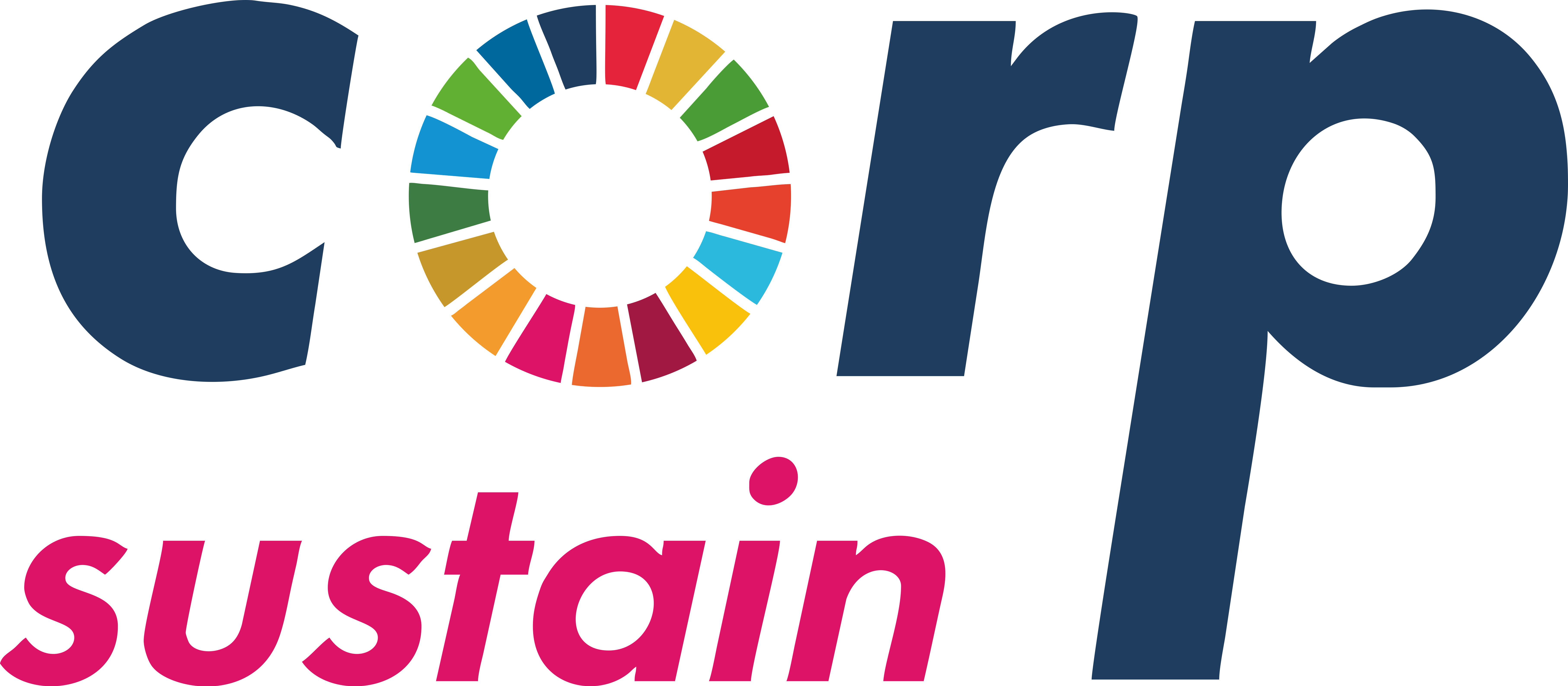Advancement in Technology in Reporting ESG
As businesses strive to enhance their sustainability efforts and effectively communicate with stakeholders, the importance of technology in ESG Reporting is growing. This article will examine emerging trends and best practices for leveraging technology for ESG reporting.
Beginning with a discussion of the present state of ESG reporting and its challenges, we will then delve into the most recent technological innovations that are reshaping how organizations collect, analyze, and report on their environmental, social, and governance (ESG) performance.
In addition, we will discuss best practices for implementing these technologies within the ESG initiatives of your organization. Lastly, through case study of company that have effectively utilized technology for their ESG reporting requirements, one can gain valuable insight into the practical application of these innovations.
Current State of ESG Reporting
As investors become more aware of the importance of non- financial factors when evaluating the future success of a company, ESG reporting has grown in popularity. However, many businesses continue to struggle with accumulating, analyzing, and disclosing ESG data accurately and efficiently. In this section, we will explore current best practices that can help organizations streamline their ESG reporting processes by addressing some of the most common obstacles they encounter.
Challenges Faced by Companies in ESG Reporting
- Data Collection: The collection of precise and exhaustive data on various ESG metrics is frequently a time- and resource- intensive endeavor for organizations.
- Data Quality: Due to varying definitions of key metrics across industries, ensuring the accuracy, consistency, and dependability of collected data remains a formidable challenge.
- Data Integration: Integrating disparate sources of information into a unified report necessitates robust systems capable of managing a variety of formats while managing data integrity.
- Regulatory Compliance: Keeping up with the ever- changing regulations governing sustainability disclosures adds complication adds complication to an already complex procedure.
How Regulatory Reporting Solutions Help
To effectively address these challenges and ensure compliance with relevant regulations such as those from the Sustainability Accounting Standards Board (SASB), Task Force on Climate- related Financial Disclosures (TCFD), or other frameworks such as GRI standards or the Integrating Reporting (IIRC) Framework, global organizations are turning to regulatory reporting solutions.
These solutions automate the ESG reporting process, allowing businesses to save money and time while ensuring compliance and accuracy. The platform provides several features designed to streamline the accumulation, analysis, and disclosure of ESG data:
- Data Management: They facilitate the collection of data from multiple sources by offering pre- built templates aligned with numerous sustainability frameworks.
- Data Validation: By identifying potential errors or inconsistencies in real-time, built- in validation checks help to ensure the accuracy of reported data.
- Data Standardization: The compatibility of the platform with widely accepted taxonomies, such as eXtensible Business Reporting Language (XBRL), facilitates the standardization of ESG metrics across industries.
- Audit trial & Version Control: A robust audit trial allows for the monitoring of changes made throughout the reporting process, thereby enhancing organizational transparency and accountability.
Manual operations and personnel present a challenge for businesses attempting to comply with the ever-changing ESG reporting regulatory frameworks. As technology continues to evolve, new trends in ESG reporting are emerging, allowing businesses to remain ahead of the curve.
Emerging Trends in ESG Reporting Technology
The landscape of ESG reporting is constantly evolving, with new technologies playing a significant role in determining its future.
Use of AI and Machine Learning in ESG Reporting
The use of Artificial Intelligence (AI) and Machine Learning (ML) to automate data collection, analysis, and decision- making processes within organizations is becoming increasingly widespread. These technologies can facilitate the simplification of the complex process of amassing pertinent data from multiple sources while ensuring the accuracy and consistency of all reports. Finance executives can obtain valuable insight into their company’s performance on various environmental, social and governance metrics by leveraging AI- powered analytics platform.
Blockchain Role in enhancing Transparency in ESG Reporting
In the realm of ESG Reporting, blockchain technology is gathering traction as a potential solution to increase transparency and credibility. With its decentralized nature and immutable ledger system, blockchain enables the secure preservation of data pertaining to a company’s sustainability initiatives while making it accessible to stakeholders such as investors and regulators. By providing stakeholders with verifiable evidence of a company’s commitment to sustainable practices, this increased level of transparency helps to develop a company’s credibility.
Importance of Data Standardization in ESG Reporting
To satisfy the rising demand for ESG data, it is essential to standardize reporting frameworks and metrics. This standardization enables organizations to compare their performance to that of their rivals in the industry while providing investors with comparable data. The Sustainability Accounting Standards Board (SASB) and the Global Reporting Initiative (GRI) have been instrumental in promoting standardized reporting practices that improve comparability and consistency across companies.
Best Practices in ESG Reporting Technology
As the significance of Environmental, Social, and Governance (ESG) reporting continues to increase, businesses must implement best practices to ensure that their reports are accurate, comprehensive and timely. Utilizing technology can significantly enhance ESG data collection and analysis while nurturing stakeholder collaboration.
Improving Data Collection and Analysis with Technology
The first step in producing effective ESG reports is to collect high- quality data from multiple sources within an organization. By incorporating cutting- edge technologies such as artificial intelligence (AI), machine learning (ML), and cloud-based solutions, businesses can automate their data collection processes while ensuring accuracy and compliance.
- Standardized Formats: Adopting standardized formats for accumulating and presenting ESG information enables greater industry- to- industry comparibility. Using frameworks such as the Global Reporting Initiative (GRI) or the Sustainability Accounting Standards Board (SASB) ensures uniformity in reporting methodologies.
- Data Validation: Tools propelled by AI can assist in identifying errors or inconsistencies in collected data prior to their inclusion in a company’s final report. This reduces the possibility of misinterpretation resulting from incorrect information.
- Analytics: Advanced analytics platforms enable organizations to readily visualize complex datasets, allowing stakeholders to gain insights and make informed decisions based on ESG performance.
Ensuring Data Accuracy, Completeness, and Timeliness in ESG Reporting
Organizations must implement robust data quality management practices to ensure the credibility of their reported ESG performance. Companies must ensure the accuracy of their reported data by instituting rigorous data quality management practices. Among the most important aspects of ensuring data veracity are:
- Maintaining a clear audit trial throughout the reporting process enables the tracking of modifications made to the collected data. This ensures accountability and transparency within an organization.
- Engaging external auditors or assurance providers can assist in validating the veracity of reported information and enhancing the credibility of a company’s ESG disclosures.
- Integrating ESG metrics with financial reporting systems enables businesses to more effectively monitor their sustainability performance alongside traditional financial indicators.
Fostering Collaboration and Stakeholder Engagement in ESG Reporting
A successful ESG reporting strategy requires input from internal departments as well as external stakeholders, such as investors or regulatory entities. Technology plays a crucial role in fostering collaboration through features such as real- time communication tools, shared workstations, and cloud-based platforms that enable seamless access to relevant documents across multiple teams. Best practices in ESG Reporting Technology are required for organizations to maintain compliance and achieve their sustainability objectives. By examining a practical example that have utilized technology for ESG Reporting, we can gain a deeper understanding of how this type of solution can be implemented effectively.
How is Our Company working With the technology?
Our Company has also developed an Software which has made data collection an easy task and reducing a large amount of time in doing this manually. With the help of software it has become an easy task for report preparations such as ESG, GHG and many other types of report related to it and also conducting of Materiality Assessment and calculation of GHG Avoidance an easy task. In GHG calculation we have to just feed the data and rest of the calculations will be done by software very accurately and precisely. At last I want to say that use of AI has improved reporting to a very large amount and in a positive way.

